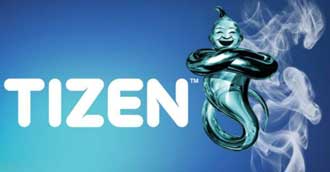 The maker of expensive printer ink, HP, has changed its mind on OpenVMS.
The maker of expensive printer ink, HP, has changed its mind on OpenVMS.
For a while now HP has been pushing its users off the system, but now it says that it has licensed OpenVMS to a new firm that plans to develop ports to the latest Itanium chips. It is also promising eventual support for x86 processors.
This is a u-turn from last year when HP declared OpenVMS as following the path of the Dodo. It said it would not validate the operating system to its latest hardware or produce new versions of it.
The new move involves licensing the OpenVMS source code to a new entity, VMS Software. Of course HP is not saying that action a reversal, or that it changes the previously announced roadmap for the OS.
The move will allow OpenVMS customers want is to stay on the OS.
VSI is funded by the investors of Nemonix Engineering, a longtime support and maintenance firm of OpenVMS systems.
It wants to validate the operating system on Intel’s Itanium eight-core Poulson chips by early 2015. It also wants to support for HP hardware running the upcoming “Kittson” chip. It will also develop an x86 port, although it isn’t specifying a timeframe.
OpenVMS has a strong customer bas and is used in nuclear power plants, in process control systems in all industries. It is good at disaster recovery, security and clustering.
An OpenVMS user group based in France recently went public with its complaints, calling HP’s decision a mistake.



















